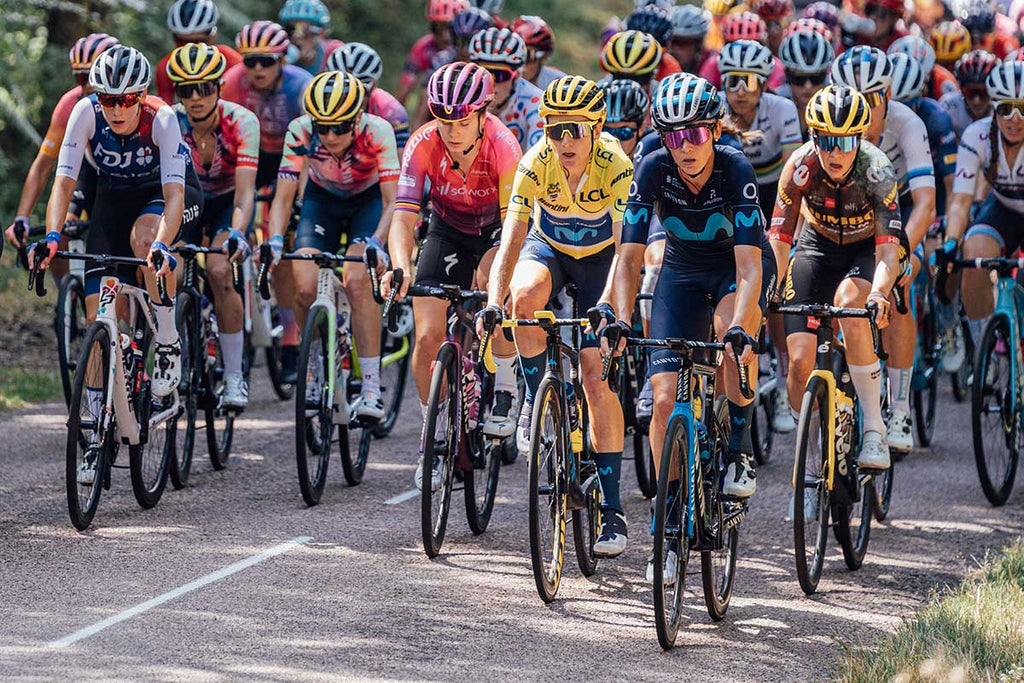“People say that I can win three grand tours, but if you look at the course you can conclude that the Vuelta is not yet ready to call itself a grand tour. It’s a five-day stage race that I’m really looking forward to, but with an average of 96 kilometres per day, I hope the organisation wakes up and sees why the Giro and Tour can be called a Grand Tour, but theirs not.”
These were the unusually public, scathing words of the world champion, Annemiek van Vleuten, ahead of this year’s edition of the Ceratizit Challenge by La Vuelta. Leading up to the race, all talk was about if the Dutch star would be able to do the ‘triple’. She’d already won the Giro d’Italia Donne and the Tour de France Femmes avec Zwift, and to finish it off with victory in the Vuelta would be a feat unheard of in both women’s and men’s cycling. In the end, it was a feat she impressively completed, eventually, winning the Vuelta dominantly. But among all the excitement, Van Vleuten made a very fair point: with its length, difficulty and parcours, the Ceratizit Challenge by La Vuelta was no grand tour.
It seems that organisers of the event, Spanish company Unipublic, (quite rightly) took Van Vleuten’s criticisms seriously. Last week, it was announced that in 2023 Ceratizit Challenge by La Vuelta would be rebranded as La Vuelta a España Femenina (with headline sponsorship from supermarket chain Carrefour) and the race is set to expand from five to seven stages. This makes it the third longest race on the Women’s WorldTour calendar behind the Tour de France Femmes avec Zwift and the Giro d’Italia Donne. Grand tour status? It’s getting there.
The Tour de France Femmes avec Zwift was a breakthrough moment for women’s cycling (Image: Zac Williams/SWpix)
There’s no denying that having more races on the calendar which carry the same name as the men’s equivalent has many positive effects for the women’s peloton. The incredible hype around this season’s inaugural Tour de France Femmes proved that. Viewing figures were at an all time high, media interest piqued, the riders could scarcely believe the number of fans by the side of the road. “They came for the Tour,” were the words of French champion Audrey Cordon-Ragot, and she was right. The fact that the race carried the name of the Tour de France did big things for women’s cycling and got more eyes watching female racing for the first time.
The level of coverage and global interest that the…

